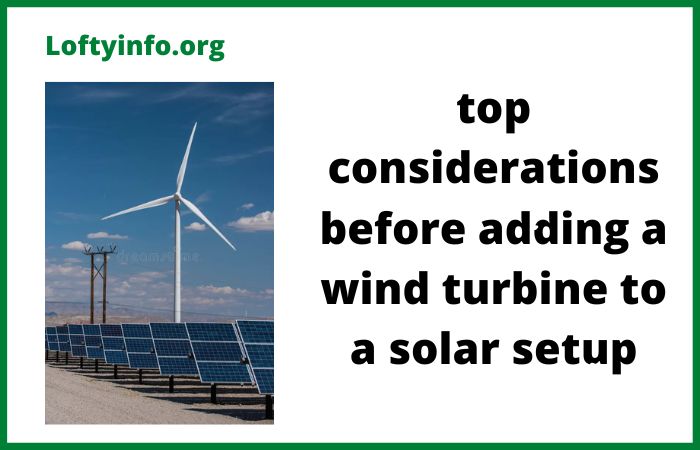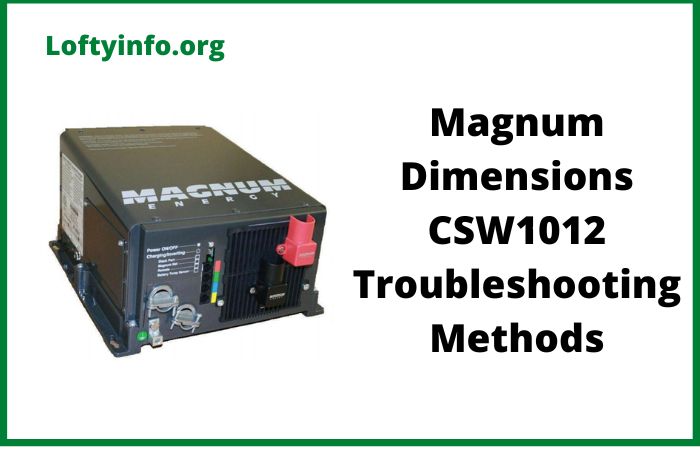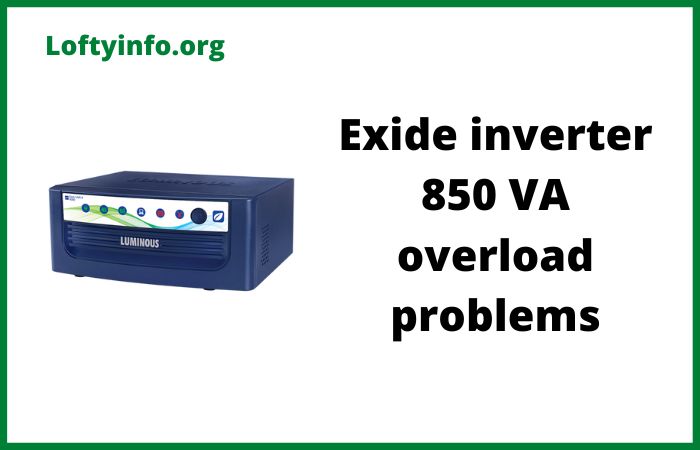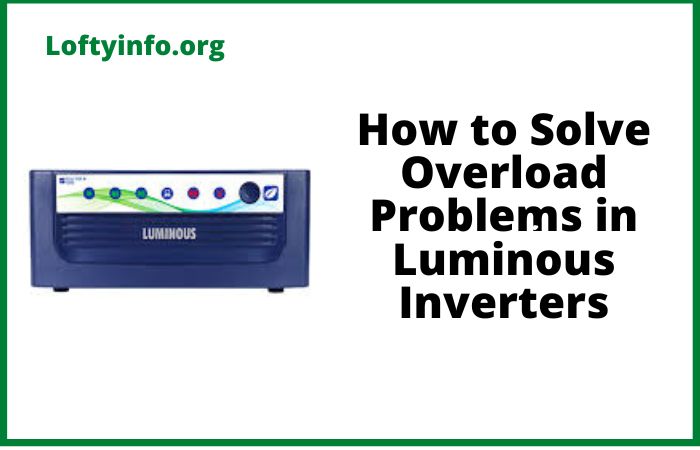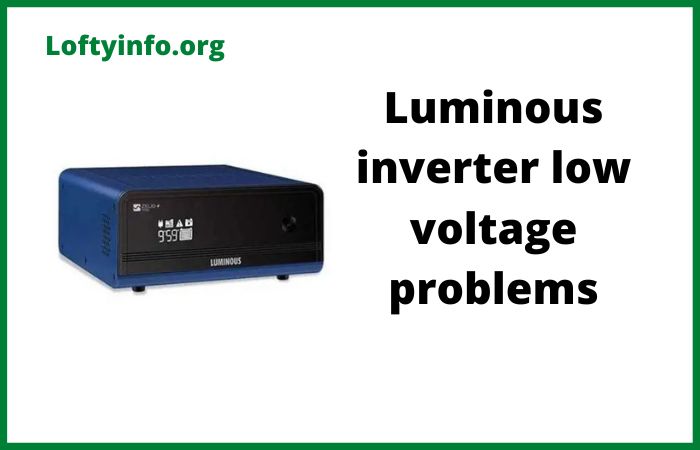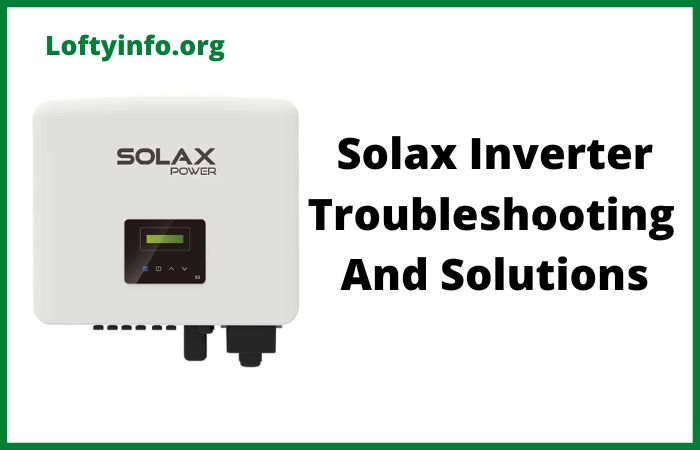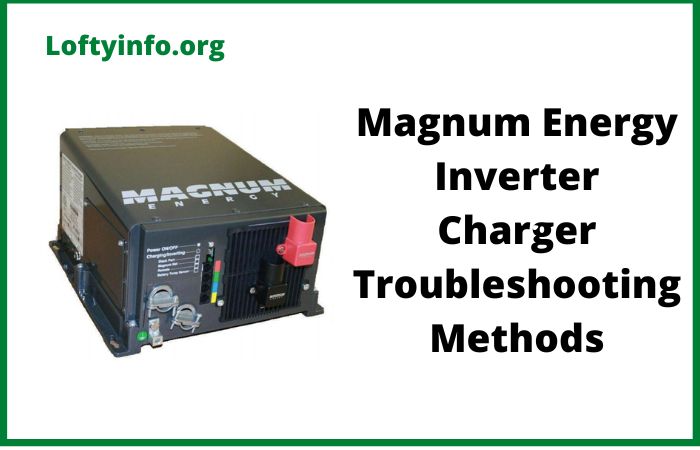Top Considerations Before Adding a Wind Turbine to a Solar Setup
Renewable energy enthusiasts and homeowners looking to maximize their energy independence are increasingly exploring hybrid systems that combine multiple clean energy sources.
While solar panels have become the go-to solution for residential power generation, many are now asking whether adding wind power to their existing solar installation makes sense.
A hybrid wind-solar system can theoretically provide more consistent energy production throughout the day and across different seasons but the decision to integrate wind turbines with solar panels requires careful evaluation of numerous technical, environmental and financial factors.
Before you commit to expanding your solar setup with wind energy, understanding the key considerations will help you avoid costly mistakes and ensure your investment delivers the expected returns.
Let’s explore the top considerations before adding a wind turbine to a solar setup and what you need to troubleshoot at each stage of your decision-making process.
Top Considerations Before Adding a Wind Turbine to a Solar Setup
1) Assessing Your Local Wind Resources
The first and most critical consideration is whether your location actually has sufficient wind resources to justify a turbine installation.
Unlike solar panels that can generate some electricity even on cloudy days, wind turbines require consistent wind speeds to operate efficiently.
Most residential wind turbines need average wind speeds of at least 10-12 mph (4.5-5.4 m/s) to be economically viable.
Start by obtaining wind data for your specific location.
The National Renewable Energy Laboratory (NREL) provides wind resource maps but these show regional averages that may not reflect your exact site conditions.
Local topography, nearby buildings and vegetation significantly affect wind patterns at ground level.
To get accurate data, consider installing an anemometer on your property for at least three to six months, measuring wind speeds at the height where you plan to mount your turbine.
Troubleshoot potential wind obstructions by walking your property and identifying any barriers that might disrupt wind flow.
Trees, buildings and hills can create turbulence that reduces turbine efficiency and increases wear on mechanical components.
If your property sits in a wind shadow created by these obstructions, even favorable regional wind data won’t translate into good performance.
Check if your area experiences seasonal wind variations, some locations may have excellent wind resources in winter but poor conditions in summer, which needs factoring into your energy production calculations.
2) Understanding Regulatory and Zoning Requirements
Before investing in equipment, investigate the regulatory landscape governing wind turbine installations in your area.
Many municipalities have strict zoning laws, height restrictions, setback requirements and noise ordinances that can make residential wind turbine installation challenging or impossible.
Start by contacting your local planning department to understand the permitting process.
Some areas require special use permits, environmental impact assessments or public hearings before approving wind turbine installations.
Height restrictions are particularly common, many residential areas limit structures to 35 to 50 feet while efficient wind turbines often need to be mounted 81 to 20 feet high to access cleaner, stronger winds above ground-level turbulence.
Troubleshoot potential regulatory roadblocks early by speaking with neighbors who might oppose your installation due to concerns about noise, shadow flicker or visual impact.
Some homeowners associations have covenants that explicitly prohibit wind turbines.
If you encounter resistance, research local renewable energy advocacy groups that might help you navigate the approval process.
Some states have “wind access” laws that prevent unreasonable restrictions on small wind systems but you’ll need to understand how these apply in your jurisdiction.
Factor the time and cost of the permitting process into your overall project timeline, some installations face delays of six months to two years due to regulatory hurdles.
3) Evaluating System Integration and Compatibility
Integrating wind power with your existing solar setup requires careful attention to electrical compatibility and system design.
Both wind turbines and solar panels can feed into the same battery bank and inverter system but they have different electrical characteristics that need proper management.
Solar panels produce DC power with relatively stable output during daylight hours, while wind turbines can generate power at any time but with highly variable output depending on wind conditions.
When considering top considerations before adding a wind turbine to a solar setup, ensure your charge controller can handle inputs from both sources.
You may need a hybrid charge controller specifically designed for wind-solar systems or separate charge controllers for each energy source that feed into a common battery bank.
Troubleshoot potential electrical conflicts by examining your existing inverter capacity.
Adding wind power increases your total generation capacity, so verify that your inverter can handle the combined peak output from both systems.
If your current inverter is sized only for your solar array, you may need to upgrade to a larger unit.
Check your battery bank capacity, wind turbines can charge batteries during nighttime hours when solar isn’t producing but if your battery bank is undersized, you’ll waste potential wind energy when batteries reach full charge.
Pay attention to voltage matching between systems.
Most solar arrays operate at specific voltages like 12V, 24V or 48V and your wind turbine must be compatible with this voltage to share the same battery bank.
Mixing voltages requires additional conversion equipment that adds cost and reduces overall efficiency.
Also consider that wind turbines typically require dump load controllers to dissipate excess energy when batteries are full and loads are low, this prevents damage to the turbine during high-wind events.
4) Analyzing Financial Costs and Return on Investment
The financial aspects of adding wind power to your solar setup extend well beyond the turbine’s purchase price.
A comprehensive cost analysis must include installation, maintenance and potential system modifications to your existing setup.
Small residential wind turbines like 1kw to 10 kW capacity typically cost between $4,000 and $9,000 per kilowatt installed, making them significantly more expensive per watt than solar panels.
Your total project cost includes tower installation often $3,000 to $15,000 depending on height, electrical integration work, permitting fees and potentially upgrading your inverter or battery system.
Create a detailed budget that accounts for all these factors before proceeding.
Troubleshoot your financial projections by calculating realistic energy production based on your actual wind resource data not manufacturer optimistic estimates.
Wind turbines rarely produce their rated capacity, a 5 kW turbine typically generates much less in real-world conditions.
Calculate your payback period by dividing total installation costs by your annual energy savings, remembering to factor in both the reduced electricity bills and any available
incentives. In many residential settings, wind turbines have payback periods of 15 to 30 years which exceeds the typical equipment lifespan.
Research available incentives that might improve your return on investment.
Some states offer tax credits, rebates or renewable energy grants specifically for small wind systems.
The federal Investment Tax Credit (ITC) may apply to residential wind installations, potentially covering 30% of system costs.
Verify current incentive availability, as programs change frequently.
Also consider that wind turbines require more maintenance than solar panels, budget for annual inspections, brake replacements every few years and potential gearbox or bearing repairs that can cost several thousand dollars.
5) Assessing Maintenance Requirements and Longevity
Unlike solar panels that have no moving parts and require minimal maintenance, wind turbines are mechanical devices subject to significant wear and tear.
Understanding the maintenance commitment is essential when evaluating whether to add wind power to your renewable energy system.
Wind turbines contain numerous moving parts including blades, bearings, gearboxes in some models, generators and yaw mechanisms that enable the turbine to face into the wind.
These components experience constant stress from wind forces, temperature variations and weather exposure.
Most manufacturers recommend annual professional inspections to check blade integrity, lubricate bearings, test electrical connections and verify proper operation of safety systems.
Troubleshoot potential maintenance challenges by honestly assessing your technical skills and available time.
Some maintenance tasks like checking bolts and connections can be performed by homeowners with basic mechanical skills but tasks like blade inspection or bearing replacement require professional service.
If your turbine is mounted on a tall tower as it should be for optimal performance, you will need specialized equipment or services to access components safely.
Factor these service costs into your long-term financial planning, some turbine owners spend $300-$500 annually on professional maintenance, with major component replacements costing several thousand dollars every 5 to 10 years.
Consider the lifespan implications of your investment.
While solar panels typically last 25-30 years with minimal degradation, wind turbines generally have shorter operational lives of 15 to 20 years, with major components often requiring replacement at the 10 year mark.
The hostile operating environment, constant vibration, weather exposure and mechanical stress, takes its toll.
Additionally, small wind turbines are more vulnerable to damage from extreme weather events than solar panels.
A single severe storm can damage blades or bend the tower, potentially requiring expensive repairs that aren’t always covered by insurance.
6) Evaluating Noise and Aesthetic Impact
The practical considerations before adding a wind turbine to a solar setup extend beyond technical and financial factors to include quality of life issues that affect you and your neighbors.
Wind turbines produce both mechanical noise from moving parts and aerodynamic noise from blades cutting through air.
Modern small wind turbines typically generate 45 to 60 decibels of noise at recommended distances similar to a normal conversation, but this varies with wind speed and turbine design.
The noise becomes more noticeable at night when ambient sound levels drop and some people find the whooshing sound of rotating blades more annoying than the decibel level suggests.
The rhythmic nature of the noise and potential vibration transmission through the tower mounting can affect sleep quality for nearby residents.
Troubleshoot potential noise conflicts by researching specific turbine models and reading user reviews about noise performance not just manufacturer specifications.
If possible, visit an existing installation of the turbine model you’re considering to experience the actual noise levels firsthand.
Consider your property layout and the distance between your planned turbine location and neighboring homes, maintaining adequate setback distances often 300 to 500 feet from occupied structures minimizes disturbance but may not be feasible on smaller residential lots.
Visual impact is another consideration that solar panels which sit relatively flat on rooftops don’t present.
A wind turbine on an 80 to 100 foot tower becomes a prominent landscape feature visible from considerable distances.
While you may view it as a symbol of environmental responsibility, neighbors might see it as an eyesore that affects their property values.
Shadow flicker, the strobing effect created when rotating blades interrupt sunlight can also disturb nearby residences, particularly during early morning or late afternoon hours when sun angles are low.
Modeling software can predict shadow flicker impacts based on your turbine location but addressing neighbor concerns often requires careful site selection and open communication before installation begins.
Making an Informed Decision
Adding wind generation to your existing solar setup can create a more robust renewable energy system that produces power during different conditions and times.
The decision requires honest evaluation of your specific circumstances rather than general enthusiasm for clean energy.
Success with hybrid wind-solar systems depends on having genuinely good wind resources, adequate space for proper turbine siting, realistic financial expectations, commitment to ongoing maintenance and regulatory approval.
For many residential locations, particularly in suburban settings with moderate wind resources and restrictive zoning, expanding your solar array or adding more battery storage delivers better return on investment than adding wind power.
Before proceeding, consider consulting with a renewable energy professional who can assess your specific site conditions and provide unbiased recommendations.
Some properties are excellent candidates for hybrid systems, while others would be better served by focusing exclusively on solar expansion.
By carefully working through these top considerations before adding a wind turbine to a solar setup, you’ll make an informed decision that maximizes your investment in clean, renewable energy while avoiding costly mistakes that could undermine your energy independence goals.
